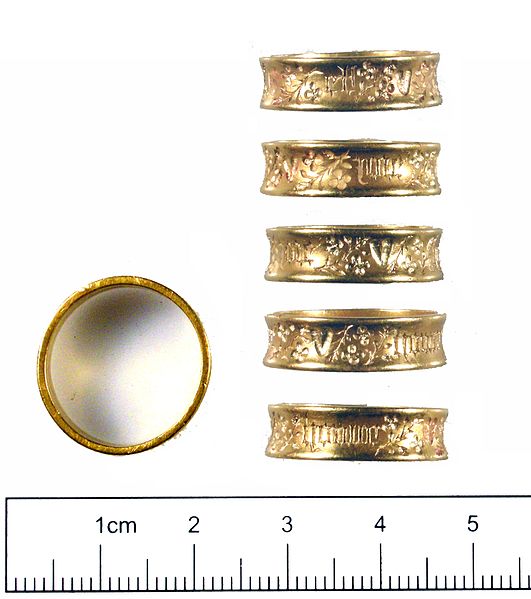(Death bed scene from Richard III's copy of
The Chronicles of France BL Royal 20 C VII f. 11)
A group of Society members are currently transcribing
(and translating where necessary) the wills in the ‘Milles’ Probate Register from
the Prerogative Court of Canterbury (PCC).
The ‘Milles’ wills were granted probate during the years 1487 to 1491. The
register includes a handful of nuncupative wills, that is, wills that were
dictated by the testator on their deathbed in front of witnesses and written
down afterwards. One of them is what you
might call the ultimate nuncupative will: the testator was barely able to speak
and simply muttered ‘Ye’ (‘yes’/’yea’) to a series of questions.
In early July 1488 the unfortunate Nicholas
Goldwyn suddenly fell ill and lost the power of clear speech. His wife Margery called in their parish priest,
Sir John Haynes, the
parson of Woolwich, so that Nicholas could be enabled to make his will in case
he should die soon. Presumably Margery did this with her husband’s prior
consent. On 8 July his will was drawn up, following a meeting during which Sir
John asked Nicholas five questions with which a basic will and testament could
be framed, and to each question Nicholas answered ‘Ye’. The resultant will is a record of this
interrogation; if any questions were asked that got ‘no’ for an answer, they
were not recorded. The essence of the will is its brevity.
The
Goldwyns had three children, William, Johanne and Katheryn, with another child
on the way, so Margery’s anxiety to have Nicholas put his affairs in order is
understandable. Question 1 concerned the settlement of the goods and lands of
Nicholas. Would Nicholas have his lands
shared evenly between his son William and the baby, if it were a boy, after the
death of Margery? Question 2 concerned the daughters. Were they each to have £40? Question 3
concerned the unborn baby. If this baby
were a girl, should she have £40 too? Question 4 concerned Nicholas’s brother-in-law,
John Cowper, who owed Nicholas money.
Would Nicholas remit half of this debt, for charity’s sake? Question 5
identified executors. Was Margery to be
his executrix? Nicholas agreed to all
five questions. There was a sixth
question, raised by Margery. She wanted
Nicholas to agree that Sir John should be her co-executor, and Nicholas duly concurred.
Unlike many wills, there is no elaboration
regarding the form of the funeral service or where Nicholas should be buried;
no indication of where his lands lay or what goods he owned; nor when the
daughters were to receive their money.
There were four witnesses present: John Cowper (the brother-in-law),
James Clerk, Agnes Giles and someone called Ason (perhaps Alison) Fox.
When the will was proved in the PCC, Sir John
expressly refused to act as co-executor.
Perhaps he felt that if he did so he would run the risk of being charged
with abusing his office, given the incapacity of his parishioner at the time,
even though there were witnesses. One
can only guess what Margery thought of his refusal after she had particularly
asked her husband to make Sir John her co-executor. Nevertheless, on 28 July 1488 she was granted
the administration of the will. One
hopes she bore the baby successfully and that her friends and relations
supported her during that bleak time.
What killed Nicholas? Lockjaw, alias tetanus, is a strong candidate
for his killer. If the
bacteria that cause tetanus (Clostridium
tetani) enter the body through a wound, they can quickly multiply and
release a toxin that affects the nerves, causing symptoms such as muscle
stiffness and spasms, including lockjaw. Nowadays people are immunized against tetanus
with a series of injections during childhood; in 1488 Nicholas Goldywn would
have had little chance of survival.
Heather
Falvey and Jan Mulrenan







